Archive stories of people
Stories from the archives linked mainly to people of Marple and District.
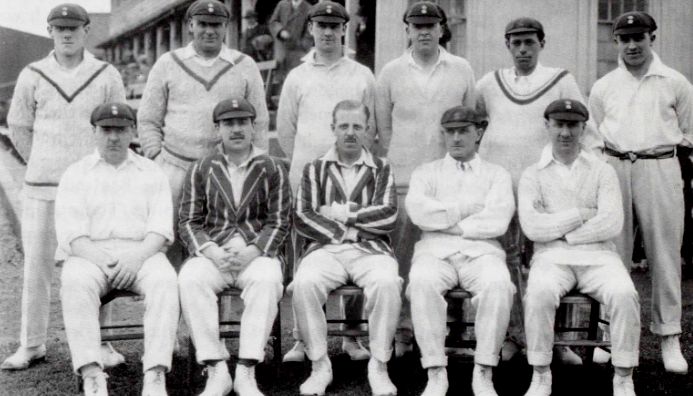 Amongst the burial records of St. Thomas’ Church at Mellor one man has the simple term “Cricketer” attached to his name. That man was Arthur Morton, born and brought up in Mellor, who went on to achieve a highly successful cricketing career as a Professional Derbyshire player [Mellor was formerly in that county] and latterly a First Class Umpire, officiating at the highest levels of the game.
Amongst the burial records of St. Thomas’ Church at Mellor one man has the simple term “Cricketer” attached to his name. That man was Arthur Morton, born and brought up in Mellor, who went on to achieve a highly successful cricketing career as a Professional Derbyshire player [Mellor was formerly in that county] and latterly a First Class Umpire, officiating at the highest levels of the game.
Unfortunately, Morton’s many achievements, accomplished during an involvement with the game of over thirty years, are now largely forgotten and his grave in the churchyard ignored. However, a member of our Archive team, the author of this article, was intrigued by the rise to national fame of this local lad, has been researching his life and has contributed an article about this outstanding sportsman.
- Details
- Category: People
- Hits: 1519
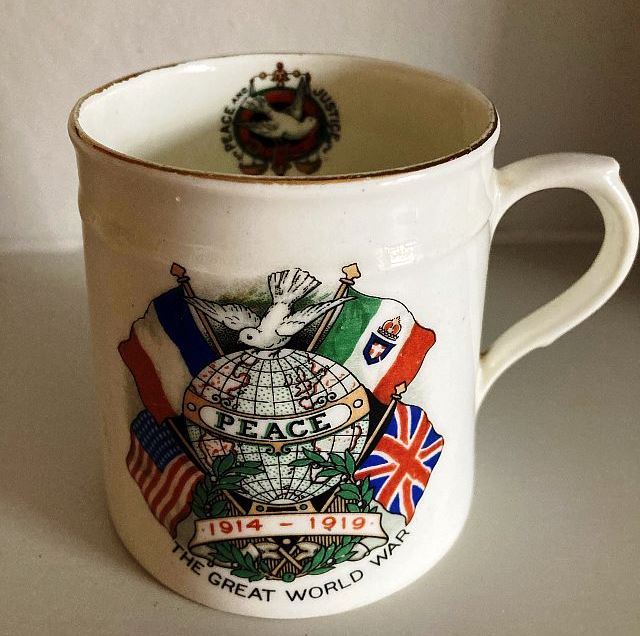
Society members, Ann and Dave Williams have donated two items to the Archives. The first is a china mug, commemorating peace following the Great World War. The Treaty of Versailles was signed on the 18th June 1919, following which the Government declared a National Celebration of Peace day on the 19th July 1919 “the whole day to be given up to organised national rejoicings”.
- Details
- Category: People
- Hits: 1310
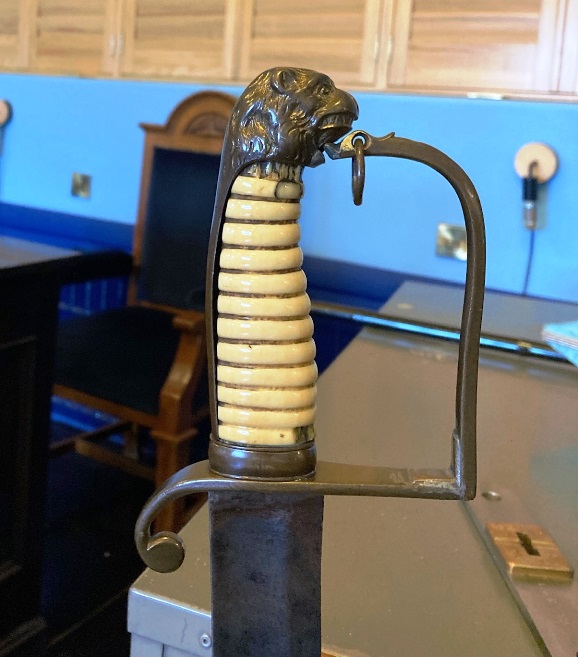
We have always known that Oldknow owned a sword. In fact he had two - a sabre and a rapier but as far as we know he never used them in anger.
He first wore the sabre when he was appointed a major in the North Peak Volunteers in 1802. This was an auxiliary force supporting the regular army. They could be called out for local police actions, to keep the peace and in the event of a national emergency such as the Napoleonic Wars.
- Details
- Category: People
- Hits: 1202
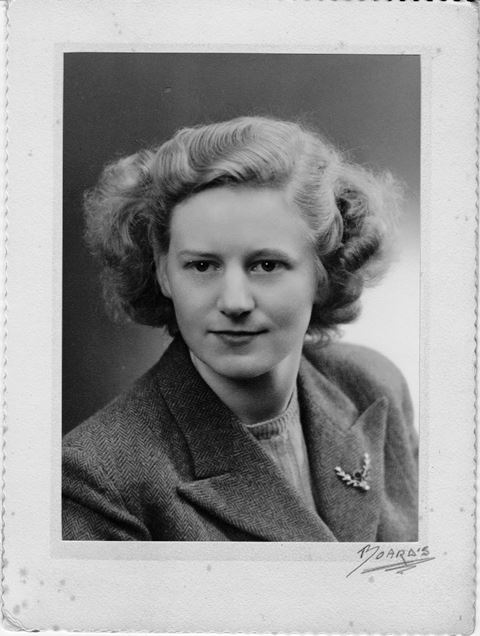 Up to the age of 12, I had a happy childhood. My father, Henry Angus Milne, known as Harry, was the manager of the Leicester branch of Rayner & Keeler dispensing opticians. My mother, Ethel, was a full-time housewife, which was conventional in those days.
Up to the age of 12, I had a happy childhood. My father, Henry Angus Milne, known as Harry, was the manager of the Leicester branch of Rayner & Keeler dispensing opticians. My mother, Ethel, was a full-time housewife, which was conventional in those days.
When I was 11, I passed the scholarship exam, which meant I could go to one of the girls’ secondary schools in Leicester (later called grammar schools). My parents chose The Newarke School which had recently moved to new premises. Like many girls’ schools then The Newarke had an all female staff. I started there in September 1939 when the war had just begun and for the first term we shared our premises with a city-centre school while their cellars were strengthened to make air raid shelters. Our shelters were built on and partly under one of the hockey pitches and we had an extra week’s holiday while this was done.
I was happily settled at school, but things were not so good at home. First my father, then my mother died of tuberculosis, which in those days was incurable. After my father died, my mother sold her house and we moved to a flat close to the school. While my mother was in the sanatorium, a specialist hospital for TB, I was cared for by Aunt Mary, my father’s sister. Willing to help, she was a dour Scottish lady who was single and called upon for any family emergency; she normally worked as housekeeper/companion to a school headmistress. There was no doubt much family discussion, but the result was..................
- Details
- Category: People
- Hits: 2264
 Fascinating stories from our past can come to light completely by happenstance. A lady called Eileen Pearson posted an old press cutting on the Friends of Brabyns Park Facebook page. By happy chance our member Jackie Collins came across it and drew it to our attention. It was a photo of a veteran car crossing over the Iron Bridge in Brabyns Park but fortunately the press cutting gave a little more detail. It was one of the first cars built by Henry Royce and the picture was taken in 1905.
Fascinating stories from our past can come to light completely by happenstance. A lady called Eileen Pearson posted an old press cutting on the Friends of Brabyns Park Facebook page. By happy chance our member Jackie Collins came across it and drew it to our attention. It was a photo of a veteran car crossing over the Iron Bridge in Brabyns Park but fortunately the press cutting gave a little more detail. It was one of the first cars built by Henry Royce and the picture was taken in 1905.
- Details
- Category: People
- Hits: 2919
 A while back I was reading through some online resources of local history and archaeology, and came across the diary of a certain George Booth of Chisworth, which contained entries dated between 1832 and 1834. Whilst it is largely Charlesworth and Chisworth based, Mr Booth wanders all over the area, to Glossop, Gamesley, Chinley, Marple Bridge, Broadbottom, and beyond. It was one of these entries that caught my eye:
A while back I was reading through some online resources of local history and archaeology, and came across the diary of a certain George Booth of Chisworth, which contained entries dated between 1832 and 1834. Whilst it is largely Charlesworth and Chisworth based, Mr Booth wanders all over the area, to Glossop, Gamesley, Chinley, Marple Bridge, Broadbottom, and beyond. It was one of these entries that caught my eye:
- Details
- Category: People
- Hits: 2678
The Letters of Petty Officer Thomas Leach, R.N., 1911-1916
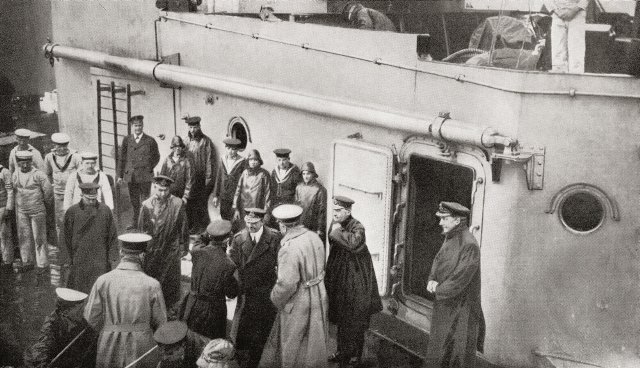
In 2019 Ann Hearle asked Geoff Higgins, a colleague in the Society's archive group, to look through the letters of her forbear Thomas Leach, to review and order the contents. The result of Geoff's work is presented here.
- Details
- Category: People
- Hits: 2799
When searching the Archives, I occasionally come across something unusual and seemingly unconnected to the Society, such as this invitation. Why is it there, and what is its connection to Marple? It is unlikely we will ever know for sure, but perhaps a clue is handwritten on the back: ‘Edmund Buckley Esq MP’. I shall come back to Mr Buckley but first, let’s consider this invitation from The Athenaeum Society of Manchester to attend a grand soireé in the Free Trade Hall under the chairmanship of Mr Benjamin Disraeli, MP.
- Details
- Category: People
- Hits: 2085
THEY ALSO SERVE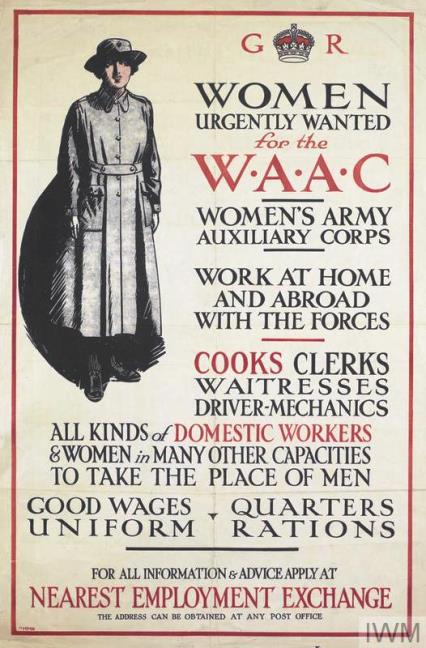
During the 18th and 19th centuries, soldiers’ wives often accompanied their husbands to the battlefield. A handful of women even disguised themselves as men to join up.
At the outbreak of WWI, women were eager to prove that they too could support the war effort. Initially, the British government was reluctant to involve women; the prevailing attitude was that they were not skilled or resilient enough for traditional military work.
The turning point came in 1916, when the Department of National Service considered calling up men in their 50s to release more soldiers for the front line. They soon realised this would not raise the number of men needed and so, in 1917, the Women’s Army Auxiliary Corps (WAAC) was set up, with Dr Mona Chalmers Watson as its first Chief Controller. A noted suffragette, she was the first woman to receive an MD from the University of Edinburgh and she had been instrumental in proposing this corps.
- Details
- Category: People
- Hits: 3322
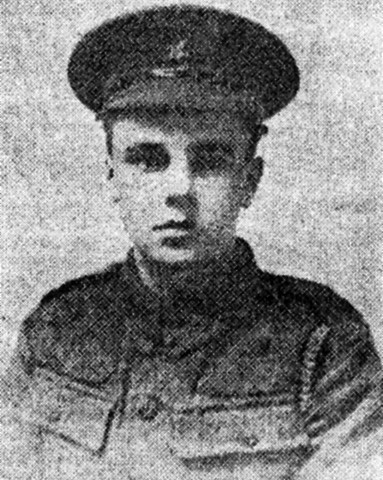 When Britain entered the First World War in August 1914 the Chief Scout Sir Robert Baden Powell urged Scouts to get involved to support the war effort, not as combatants but rather filling useful roles at home thereby freeing men to enlist and go to the Front. His appeal was backed up by a poster campaign reinforcing the message of service, as can be seen in the example below. Thousands of boys and young men answered the call, with many joining the Scouts for the first time in the Autumn of 1914.
When Britain entered the First World War in August 1914 the Chief Scout Sir Robert Baden Powell urged Scouts to get involved to support the war effort, not as combatants but rather filling useful roles at home thereby freeing men to enlist and go to the Front. His appeal was backed up by a poster campaign reinforcing the message of service, as can be seen in the example below. Thousands of boys and young men answered the call, with many joining the Scouts for the first time in the Autumn of 1914.
One such local man who did so was Joe Braddock, who lived with his family in Stockport Road. Joe’s name will already be known to many local people through the researches of Peter Clarke, Andy Cook and Jon Bintliff, who have given details of all the Marple servicemen killed in the First War in their book Remembered, published in 1999.
- Details
- Category: People
- Hits: 3887
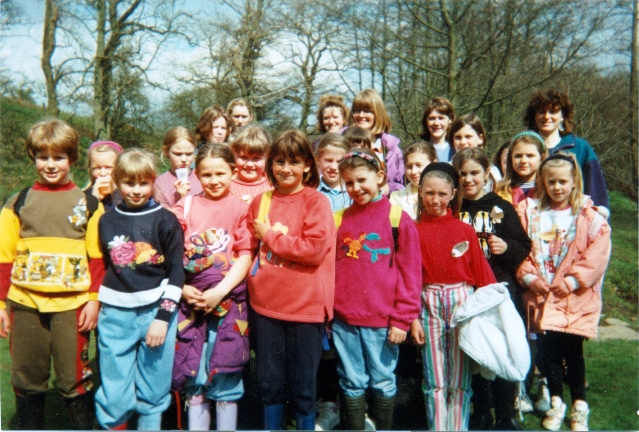 Organisations that flourish in a town are just as much part of the ambiance and heritage of the place as more ‘concrete’ evidence of its qualities, and Marple is a prime example of this because it boasts the greatest number of clubs and societies of any township in the Stockport area! Very popular with young people are the various sections of the Scouts and Guides which provide all sorts of interesting activities from five years old to those in their late teens.
Organisations that flourish in a town are just as much part of the ambiance and heritage of the place as more ‘concrete’ evidence of its qualities, and Marple is a prime example of this because it boasts the greatest number of clubs and societies of any township in the Stockport area! Very popular with young people are the various sections of the Scouts and Guides which provide all sorts of interesting activities from five years old to those in their late teens.
- Details
- Category: People
- Hits: 3386
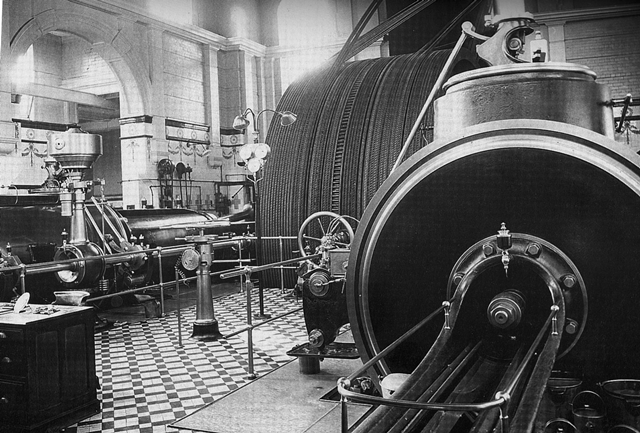 Goyt Mill Engine
Goyt Mill Engine
Since launching the website, enquiries from members of the public have steadily increased. In most cases, we are able to help people, whether it is about their personal family history or people and places in general. One such enquiry about a house on Longhurst Lane, Mellor, involved ‘proving’ that a kitchen extension was not a new addition, built without planning permission. This was achieved by means of a very old postcard image from Ann Hearle’s collection, probably taken in the first decade of the 20th century.
- Details
- Category: People
- Hits: 3096
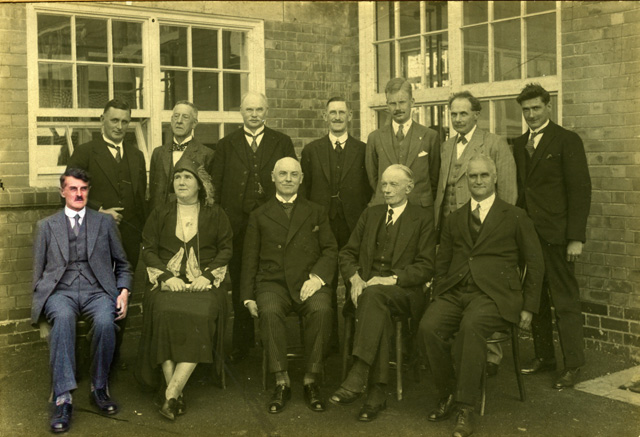 When we wrote an article about the Albert Schools a few months ago, one of the illustrations was of a group of a dozen people posing for a photograph. We knew nothing about the people or the date though we could make informed guesses about both. Judging from the clothes the group are wearing it was probably taken in the mid 1920s, assuming of course that Marple folk were keeping up with the fashions. As to who they were, we thought they could be either teachers or governors.
When we wrote an article about the Albert Schools a few months ago, one of the illustrations was of a group of a dozen people posing for a photograph. We knew nothing about the people or the date though we could make informed guesses about both. Judging from the clothes the group are wearing it was probably taken in the mid 1920s, assuming of course that Marple folk were keeping up with the fashions. As to who they were, we thought they could be either teachers or governors.
- Details
- Category: People
- Hits: 3513


